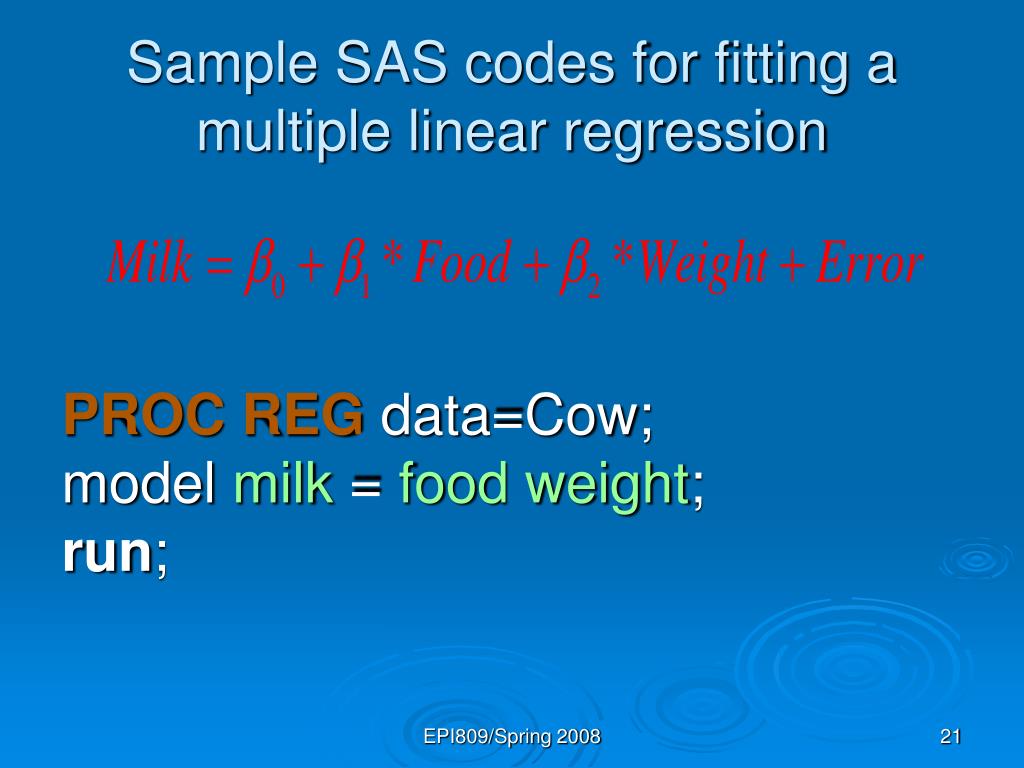

* optional: pad label with blanks on the left (if length is long enough) */ Label = " " || Label Merge Labels Coords ( rename= ( Group=Species ) ) * combine the positions and labels with original data */ data A The following call to PROC SGPLOT uses an ODS OUTPUT statement to create a SAS data set that contains the data in the regression plot: You can apply this trick to any ODS graph, including graphs created by SGPLOT, as Warren Kuhfeld has recently discussed. You can use the ODS OUTPUT statement to write a data set that contains the data in any ODS graph. You might be thinking, if the curve is produced by a regression statement in PROC SGPLOT, how can we get the data coordinates out of the plot and into a data set? The idea is to obtain the data coordinates for the end of the curve, which will become the location of the label. With a little work, you can label curves that are produced by the REG statement or other curve-fitting statements. However, the user actually wanted to use the REG statement.

The preceding method uses the LINEPARM statement, so it only works for lines.

For more information about displaying the formula for a regression line, see the SAS/STAT example "Adding Equations and Special Characters to Fit Plots." Label the regression line for each group: The TEXT statement Success! The regression line for each group is labeled by the formula for the line. Lineparm x= 0 y=Intercept slope=Slope / group= Label curvelabel Scatter x=SepalLength y=PetalLength / group=Species Title "Regression Lines Labeled with Slope and Intercept" You can then use the CATX function in the DATA step to construct the labels, as follows: You can use the OUTEST= option in PROC REG to write the parameter estimates (intercept and slope) to a SAS data set. The first step is to create a SAS data set that contains the intercept and slope for each curve. The programmer wants to label the regression line for each species by using the slope and intercept of the line. The Iris data contains 50 observations for each of three species of flowers: iris Setosa, iris Versicolor, and iris Virginica. Let's use Fisher's Iris data set for our example data. Label the regression line for each group: The LINEPARM statement For linear regression, you can use the LINEPARM statement, as shown in the article "Add a diagonal line to a scatter plot." For general (possibly nonlinear) regression curves, you can find the location of the end of the curve and use the TEXT statement in PROC SGPLOT to add a label at that location. I thought of two other ways to create a graph that has a regression line for each group level, each with its own label. WARNING: CURVELABEL not supported for fit plots when a group variable is


 0 kommentar(er)
0 kommentar(er)
